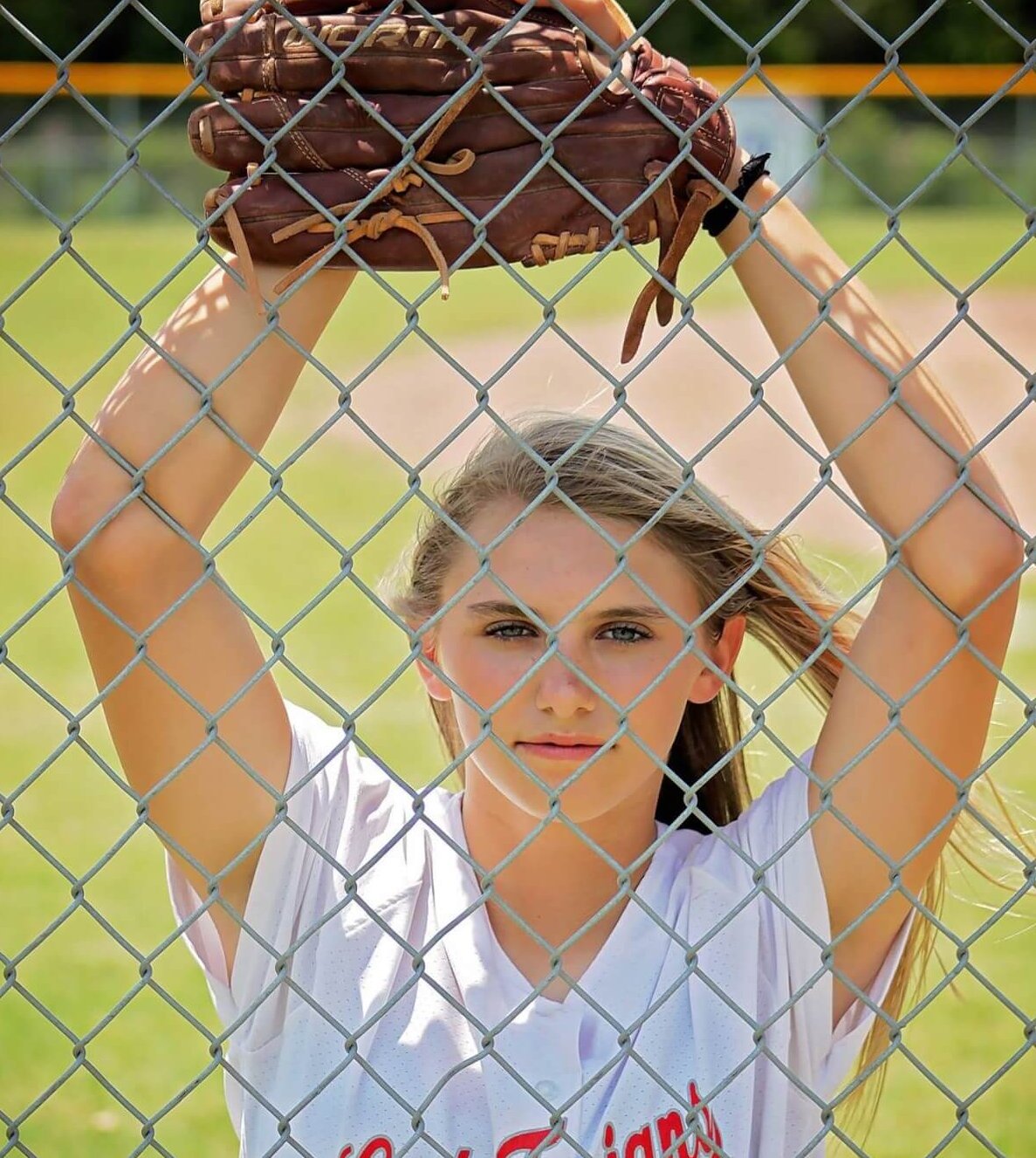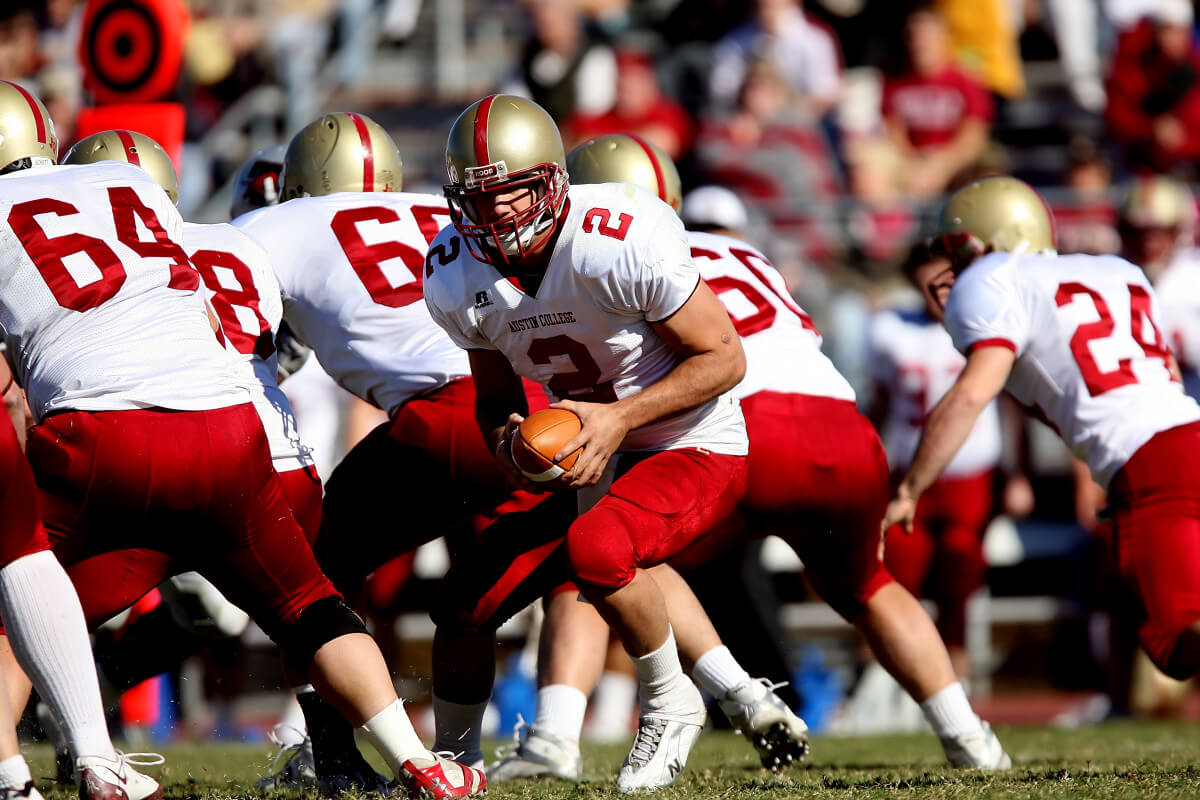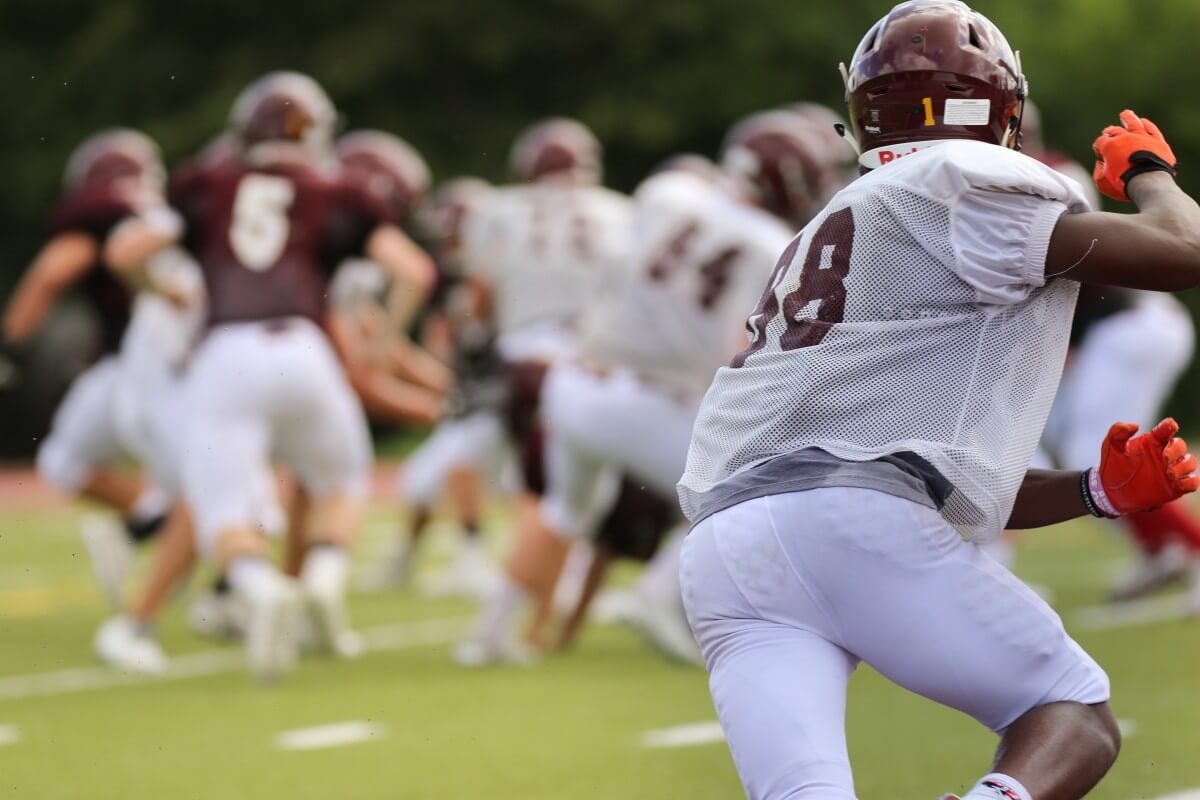
High school governing associations have academic success rules or guidelines for athlete participation. Some schools design even tougher academic rules for participation beyond what state organizations suggest. When I was a head football coach, our school’s eligibility rules were steeper compared to the state high school association guidelines. The rules did not affect a lot of our players at the time, but for one learning and emotionally disabled special education student, it was always a barrier for him to play. This was a sad situation because football was the sport he loved even though he was not a very good player; he just wanted to play in any position and at any time during practices or games.

One year, prior to our first contest, the weekly eligibility list came out and “Casey” was failing multiple classes (even with accommodations). My hunch was that a “cause and effect” was the real culprit for “Casey” losing participation. For example, when he knew he earned some failing grades on assignments and understood it would affect his participation, he’d simply give up trying in that course and think “football is over for me.” Being a young head coach and teacher unfamiliar with special education, IEPs (Individual Education Plans), and specific disabilities, I did not know what to do for this student-athlete. I decided to meet with his special education teacher and learn more about IEPs, LD (learning disability), and ED (emotional disability) designations.

The special education teacher brought me up to date on terms, IEPs, and the parts that go into this legal document. Then she reviewed “Casey’s” IEP with me and noted that the IEP team had written plans for socialization in the school. It was their belief (based on testing) that he needed more socialization to meet his ED goals. When I described to her how “Casey” loved football, the other players, and how great his interactions were with everyone involved, she said that was great to hear and suggested I attend “Casey’s” upcoming IEP and share that with the group.

When the IEP team met with “Casey” and his parents, and the time for social goals game up, I shared the socialization success “Casey” had when he was eligible to play football. After discussion, the team realized that one way to help “Casey” with socialization was for him to remain in football. This called for writing specific grade guidelines for “Casey” that were not stringent compared to the schools’ guidelines. There was concern “Casey” was granted privileges that would work against educational goals, but most felt the new socialization goals might help him with his academics. “Casey” came back out for football the day after his IEP, and his energy and enthusiasm seemed to double. He became a model for other athletes when it came to showing them what giving 100% looked like. No, he didn’t always use the correct technique or understand the schemes (or even some plays), but he was all effort all the time. His socialization with team members continued to grow. There was no doubt he was “one of them” to the team.

As for “Casey’s” academics, not only did he meet the IEP goals, but he also eventually met the school’s guidelines, and players on the team were willing to help him out with his studies. The peer-to-peer contact added impact for his socialization and that year he met and surpassed all his IEP goals for academics and socialization. After this experience, I realized it can be helpful for coaches to attend player IEPs. They may come up with ideas for students to meet their goals or be part of the reason they meet their goals. I attended other players’ IEPs and I also found out how I could coach individual players (with IEPs). For example, one player not only needed to hear instructions about a technique but had been shown the technique at least three times for him to “get it”. That’s what educators were doing for him in the classroom to meet IEP educational goals. I encouraged coaches to attend player IEPs when they have the opportunity. It not only helps the student-athletes, but it also helps the coach understand what their special education players need for instruction at practices and during games.
